The Service Design Award is currently open for submission again. Submit your project for a chance to win and present at the Service Design Global Conference in Toronto this year.
Context and goal
The past years, a set of 26 Dutch laws concerning physical planning, flood protection, and environmental planning have been rewritten into one new law: the Environmental Planning Act. Our client aims at offering all information through one digital portal and by doing so, simplifying the process of applying for (environmental) permits at local governments, for activities from simple home expansions to building complex factories.
Main Goal: Working from a complex application process towards a simplified online journey which enables civilians, entrepreneurs, professionals, local and national government officials to participate in creating their living environment, together.
Secondary Goal: Align local implementation and provide a shared starting point for the development of services, using ‘design thinking’ training and roadshows, personas and journey formats.
Process
Project-based on intensive co-creation sessions and training with internal users As the new Environmental Planning Act needs to be adopted by local government, we involved a wide range of local stakeholders through more than 25 multidisciplinary sessions throughout
the total project. In these sessions, we teamed up with internal users from each governmental level (national, provincial, municipal and local water institutes) to adopt and validate the research findings and customer journeys. Together, we created solutions for all users based on the journeys, personas, expert profiles and developed experience principles.


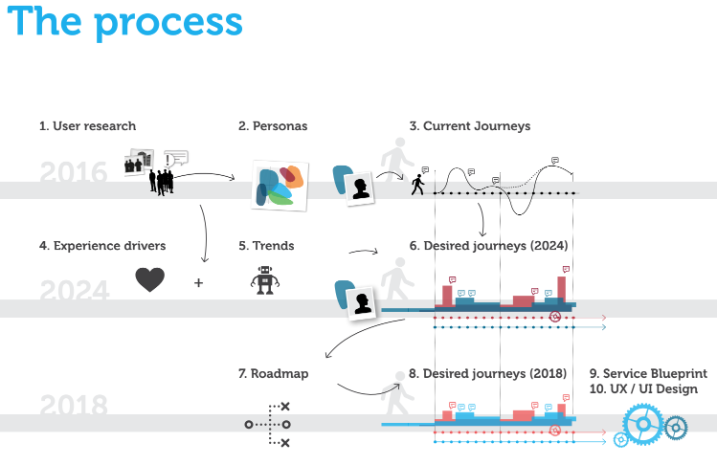
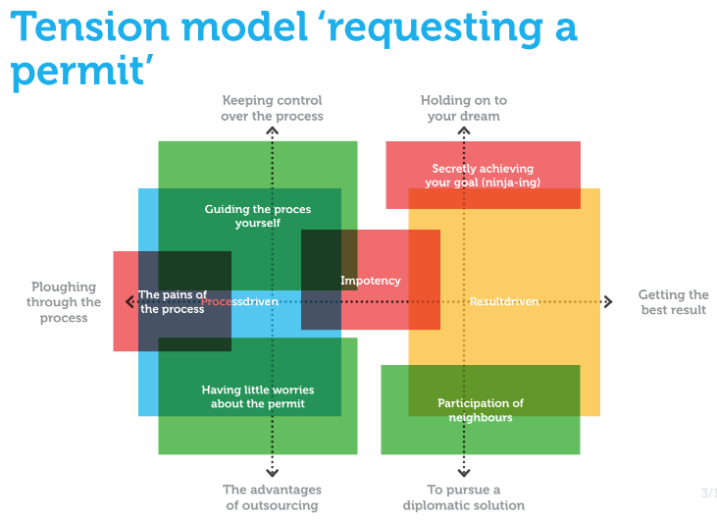
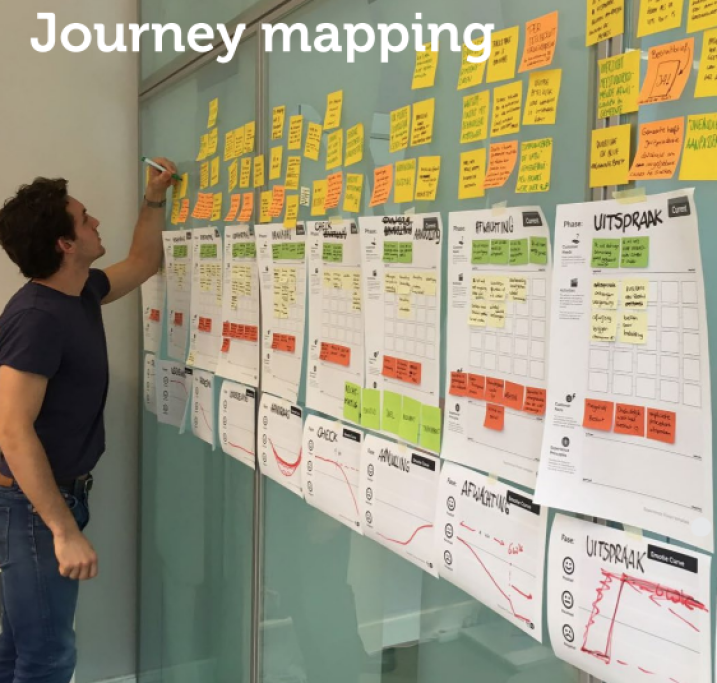
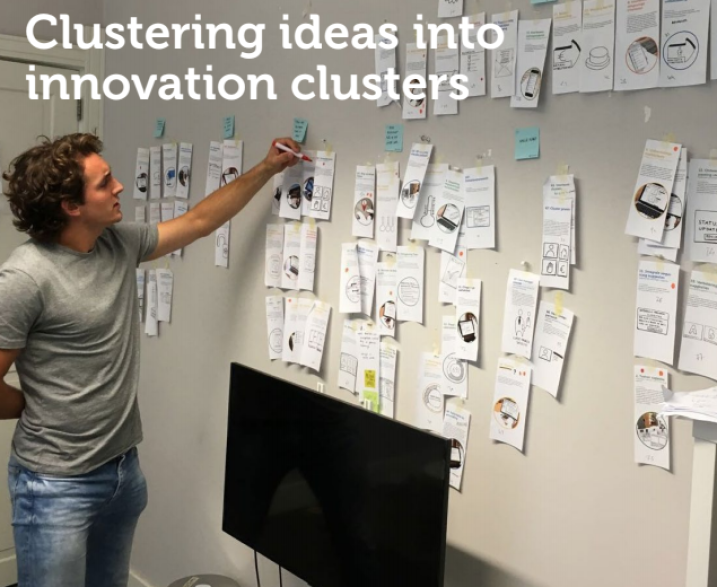
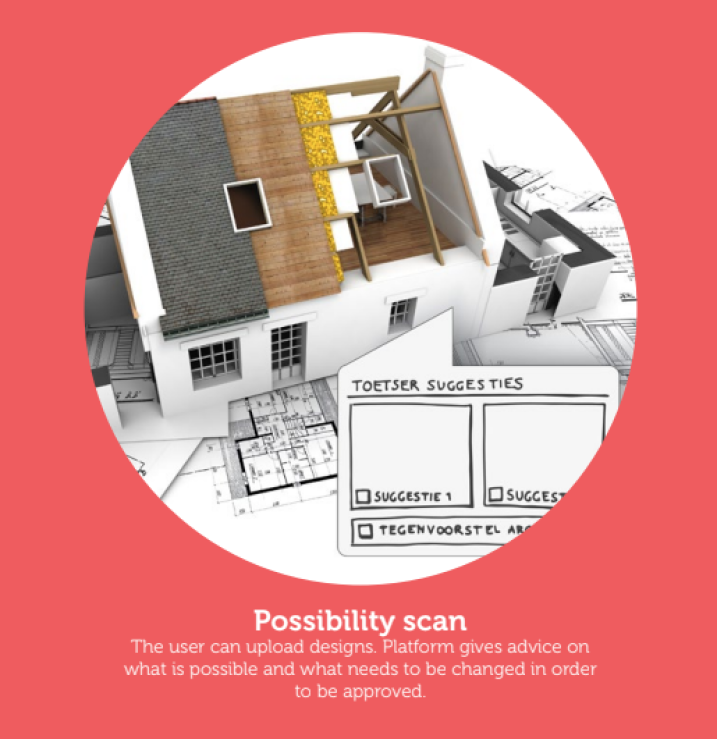
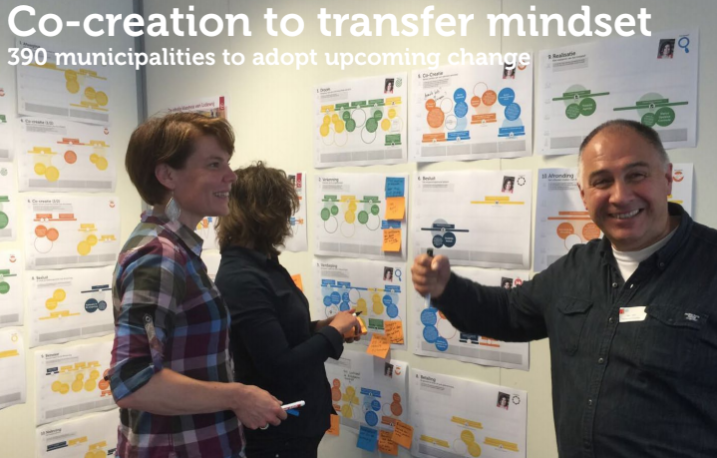

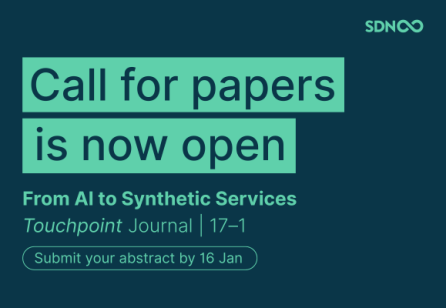



Share your thoughts
0 RepliesPlease login to comment